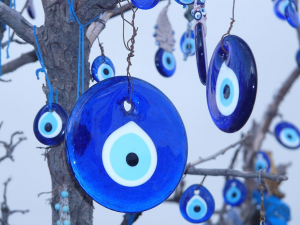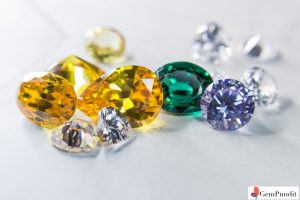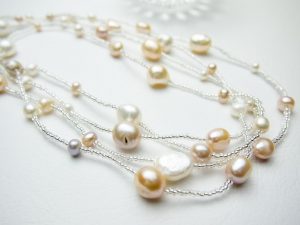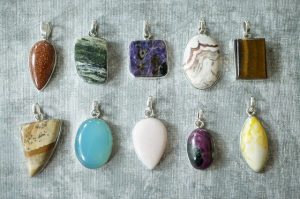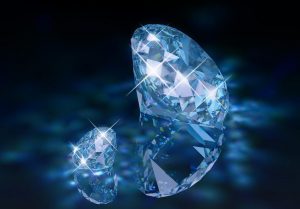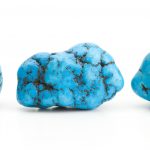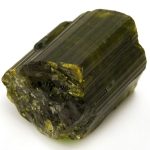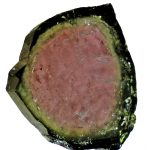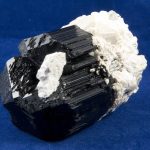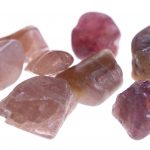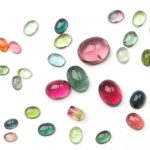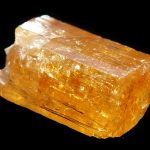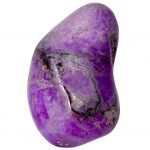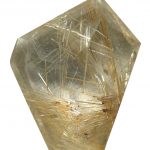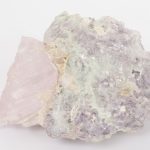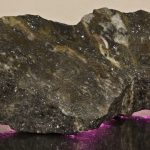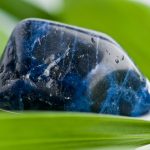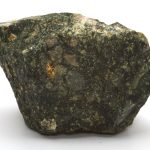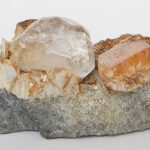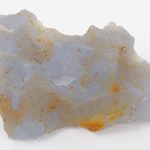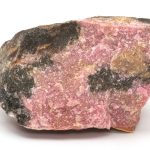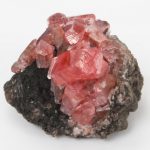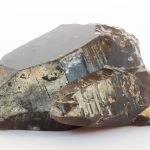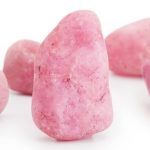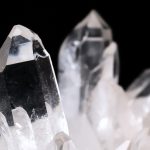Amber has been around even before the evolution of mankind. Resin exuded by prehistoric trees turns into fossil after undergoing various changes over millions of years. This fossilized resin is called amber. They are available in various parts of the world. The quality and features of amber are based on the region where they are available. Some resins engulf species such as plants, insects and ants. The amber with such species inside is called amber with inclusions. The specialty about the inclusions is that they remain fresh even after millions of years. Some amber are so clear that the inclusions have high visibility and some amber have the quality of preserving the inclusions so well that you could get the detailed picture of the species inside including the cells. Amber has been used for centuries for various purposes. Amber has been used as medicine, in art form, jewelry making and as building material. Amber contains medicinal properties, which helps in various medical conditions. Out of the different types of amber, we will look into a few popular types.
Classification of amber could be based on their chemical composition, the region where they are found, their color, method of production and so on. Baltic Sea is the leading contributor of amber to the world. Other places where amber is found include Dominican Republic, United States, Canada, Romania, Sicily, Japan, Burma and many more. They are available in different colors including yellow, orange, red, brown, white, blue, green and black. Some times, we find a combination of two or more colors in amber. Thus, we find amber is diversified. The best of all types of amber is Baltic amber and we will commence with Baltic amber.
1) Baltic Amber
The best of all, Baltic amber is popular since Stone Age. It is available in great numbers and this amber is widely used in the making of jewelry. Being the most natural and genuine, Baltic amber commands highest value. It is associated with various medicinal properties and it has been used for centuries as a relief from pain and certain ailments.
2) Dolomites Amber
The most ancient amber of all in the world is Dolomites amber. Over 230 million years of age, the amber is found in Southern Alps in Italy. It belongs to the Triassic age. Being the oldest amber, it also has the oldest inclusions.
3) Borneo Amber
Amber found in Borneo of Malaysia is the largest in the world and its weight is up to 30 kg. It belongs to the Miocene period. It is considered strong to withstand heavy impacts on hard surfaces.
4) Dominican Amber
Dominican amber belongs to early Miocene period. It is found in the mountain ranges in the north and eastern sides. Blue amber is one of the most attractive pieces of Dominican amber and it is considered the highest grade of all amber found in this region. Though the amber is not originally in blue color, it looks blue when light is reflected on it. Another interesting aspect about Dominican amber is the inclusions found in them. Rarest inclusions are found here and highest in single amber is found here.
5) Retinite Amber
When classification on amber is based on the chemical composition, we find them broadly classified as succinite and retinite. While Baltic amber is succinite, retinite amber does not have succinic acid. It belongs to Tertiary age. It is softer when compared to Baltic amber.
6) Gedanite Amber
The amber is found in Poland near Gdansk, which was earlier called Gedania. It does not contain succinic acid. It is considered the resin of white pine species and it is mostly found covered with white color powder.
7) New Jersey Amber
New Jersey amber is found near Sayreville a town in New Jersey. It belongs to the Cretaceous age. The inclusions are in great number in New Jersey amber. One of the inclusions is Trigona Prisca, the oldest bee ever known.
8) Romanian Amber
Romanian amber is found on the banks of Buzau River. It belongs to Oligocene age. Though the inclusions are not common and under preserved, Romanian amber is unique owing to its rich colors. The brownish red Romanian amber reflects bluish green fluorescence, which is very attractive.
9) Mexican Amber
Mexican amber was discovered by Maya Indians but it was rediscovered in the middle of 1970s. Mexican amber is available in red, black and green colors. The most popular Mexican amber is cognac amber owing to its bright color. The rarest amber in Mexico is the Mexican green amber. Basically yellow in color, it takes fluorescent green hue under light.
10) Ethiopian Amber
Ethiopian amber is found in Lebanon. It belongs to Cretaceous period. It is the first real amber found in Africa. One of the major findings in this land showed amber with inclusions that is over 95 million years of age. These inclusions revealed a new page in the history of life of earth during dinosaurs’ era. It gave an insight on the various species that shared the earth during Cretaceous era.
Amber varieties are more. Amber deposits found in various regions have great stories to narrate. These are one of the best evidences to show us the earth’s past during various stages in the prehistoric period. With more and more researches being conducted on the amber and their presence, we are sure to be richer in knowledge on the evolution of earth.

